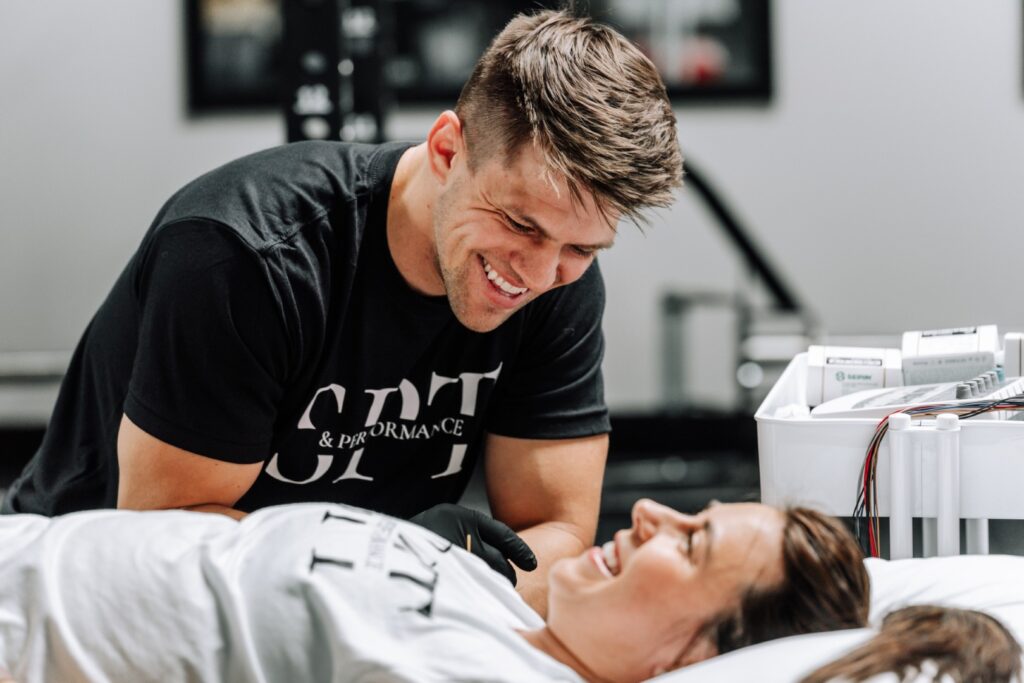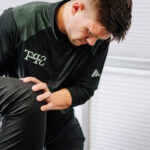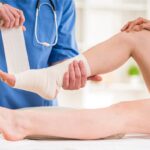If you’re feeling sharp pain shooting down your leg or numbness when you stand up, you’re not alone. Sciatica affects millions of Americans each year, and many of them live with the pain for far too long before finding effective treatment. The truth is, physical therapy for sciatica is one of the most proven and safest ways to manage pain, restore movement, and avoid surgery.
In this article, you’ll learn what sciatica is, what causes it, why it sticks around, and how our team at Scottsdale Physical Therapy & Performance helps people just like you recover and get back to pain-free living.
What Is Sciatica and Why It Happens
Sciatica is a set of symptoms caused by irritation or compression of the sciatic nerve, which runs from your lower back down the back of each leg. This pressure can result in pain, tingling, weakness, or numbness that travels down your leg. This is known as radicular pain.
The Sciatic Nerve Explained
The sciatic nerve is the largest and longest nerve in the body. It originates from the L4 through S3 nerve roots and runs through the piriformis muscle in the buttock before traveling down the leg. Nerve irritation can be caused by a herniated lumbar intervertebral disc, spinal stenosis, spondylolisthesis, or piriformis syndrome.
Other risk factors include degenerative disc disease, trauma to the spine or buttocks, and anatomic variations of the sciatic nerve. These conditions can cause nerve root compression or nerve root pathology, which may result in chronic pain or neurological deficits.

Common Symptoms
People with sciatica often report:
- Radiating pain that starts in the low back or buttock and travels down the leg
- Paresthesia (tingling or numbness) in the foot or calf
- Muscle weakness, making it hard to stand, walk, or climb stairs
These symptoms may worsen with prolonged sitting or standing, bending forward, or changing position too quickly.
Who It Affects
Sciatica is often seen in:
- Office workers or drivers who sit for long hours
- Runners and athletes with gait dysfunction or poor core strength
- Adults over 40 experiencing spinal degeneration
- People with physical inactivity, poor general health, or a history of smoking
Lower back pain is frequently reported among golfers. Although the exact risk factors remain somewhat unclear, research suggests that a combination of personal characteristics—such as age, body composition, practice habits, and the specific mechanics of a player’s golf swing—may contribute to this issue. Injuries to the paraspinal muscles caused by golfing tend to occur more often than nerve-related injuries. This makes it important to better understand how these muscle injuries develop and what movement patterns might be responsible.
How Physical Therapy Treats Sciatica
When it comes to treating sciatica, movement is medicine. And the right kind of movement, guided by an expert, can reduce symptoms, restore mobility, and prevent recurrence. Physical therapy for sciatica targets the underlying causes, not just the pain.
At Scottsdale Physical Therapy & Performance, we take a multi-step approach:
- A detailed neurological examination and manual muscle testing to identify deficits
- Evaluation of postural support, range of motion, and routine movement patterns
- Manual therapy techniques such as joint mobilization, soft-tissue mobilization, and myofascial release
- A customized program based on your needs and symptoms
We use validated outcome measures like the straight leg raise test, femoral nerve test, and gait analysis to track progress. Our goal is to help you begin centralizing the pain and reduce the chance of future flareups or recurrences.
Physical Therapy Exercises for Sciatica Relief
A well-structured program of physical therapy exercises for sciatica is critical for long-term success. These movements reduce pressure on the nerve, restore mobility, and improve lumbar support and core engagement.
Early-Stage Exercises (Pain Reduction)
During the acute stage, the focus is on reducing inflammation and nerve sensitivity.
- Nerve glides and sensitising maneuvers help promote healing without stressing the nerve
- Supine piriformis stretches reduce tightness around the nerve
- Gentle lumbar extensions such as McKenzie exercises support disc healing and may help centralise radicular symptoms
These movements are combined with patient education on proper technique, posture, and avoiding aggravating movements.
Mid-Stage Exercises (Mobility & Control)
As symptoms improve, we shift to restoring balance, control, and functional movement.
- Pelvic tilts promote active spinal control
- Clamshells and side-lying leg lifts strengthen the glutes and hips for better lumbar spine stabilization
- Daily stretching and core muscle strengthening reduce the risk of recurrence
This phase may also include manual therapy, ultrasound therapy, and TENS for enhanced outcomes.
Late-Stage (Strength & Function)
At this phase, we build lasting strength and stability to keep sciatica from returning.
- Bird-dogs and bridges reinforce the core and spine
- Standing hip abduction improves single-leg balance and hip endurance
- Hip muscle strengthening and lumbar spine stretching restore overall function
Safety Tip: Always consult a licensed PT before trying these at home. A multiple-exercise based approach should match your pain stage, recovery time, and treatment dosage.

What to Expect at Your Physical Therapy Appointment in North Scottsdale
Your first session is a 60-minute, one-on-one evaluation focused entirely on you. At our Physical Therapy North Scottsdale clinic, we take the time to understand your unique pain pattern, health background, and differential diagnosis.
You’ll experience:
- A full movement assessment, including dermatomal pattern screening
- Manual therapy to reduce muscle spasm and restore motion
- A tailored program with core strengthening, stretching, and education on self-management techniques
- A recovery roadmap based on positive response and your personal goals
From the very first session, we focus on building healthy movement patterns and correcting gait dysfunction so you can return to normal life faster and safer.
Why Scottsdale PT & Performance Is Trusted for Sciatica Relief
If you’re looking for physical therapy for sciatica near me, our North Scottsdale clinic offers trusted, results-based care.
At Scottsdale Physical Therapy & Performance, we combine expert clinical care with a personal, patient-first approach:
- Licensed Doctors of Physical Therapy with advanced training in spinal manipulation, the McKenzie method, and manual therapy
- Over 130 five-star reviews from clients who’ve recovered from lumbar radiculopathy, piriformis syndrome, and herniated discs
- Focus on early intervention, long-term recovery, and trauma prevention
- Emphasis on conservative treatment that works without relying on pharmacological agents, muscle relaxants, or unnecessary injections
Ready to take the first step? Request Appointment today and see how our approach to Physical Therapy in Scottsdale can help you get back on your feet.
Is It Time to Get Help?
If your sciatica symptoms have lasted more than 10 to 14 days or if they’re getting worse, it’s time to act. Early intervention improves your recovery rate and reduces the chance of long-term complications such as neurological deficits, chronic pain, or the need for surgical decompression.
Ask yourself:
- Is pain disrupting your sleep or daily routine?
- Have you tried stretches and rest with no change?
- Are you ready to start feeling better and moving again?
If so, physical therapy for sciatica is a proven way to relieve pain and prevent future issues. You do not need to wait for it to get worse.
Conclusion
Sciatica can sideline your life, but it does not have to. With expert guidance, targeted care, and the right exercises, physical therapy for sciatica helps restore mobility, reduce pain, and prevent future flareups.
At Scottsdale Physical Therapy & Performance, we create a personalized plan based on your goals, symptoms, and movement needs. Your recovery starts here.
FAQs
What is the one best exercise for sciatica?
There is no universal “best” exercise, but many people respond well to nerve glides or McKenzie exercises. The best option depends on your specific diagnosis and should be prescribed by your physical therapist.
What shouldn’t you do with sciatica?
Avoid sitting for long periods, twisting motions, and lifting heavy objects without proper form. These actions can worsen nerve compression and delay healing. Instead, focus on guided exercises, posture correction, and gentle movement.
What is the fastest way to cure sciatica?
The fastest way to relieve sciatica is through early, consistent physical therapy for sciatica. This includes manual therapy, stretching, strengthening, and education. Avoid self-diagnosis and get help from a licensed PT who understands how to address the root of the problem.









